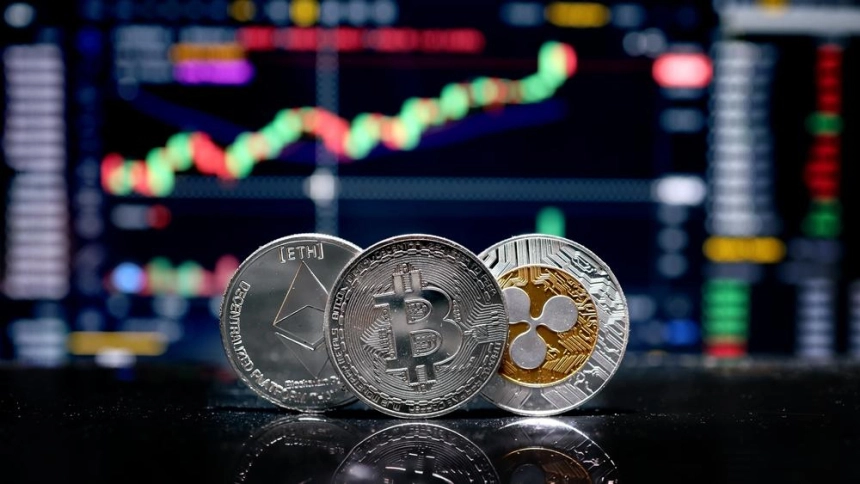The cryptocurrency market has grown by emphasizing decentralization and technological innovation, but ultimately cannot escape its essence as a 'currency'. As the market matures, it is an unavoidable reality that it becomes increasingly similar to traditional financial systems, and in this process, the structural problem of 'liquidity illusion' is becoming distinctly apparent.
As of 2024, the global cryptocurrency market size has reached approximately $249 billion (about 3,461 trillion won), and is expected to grow to $573 billion (about 7,965 trillion won) by 2033. However, behind this seemingly brilliant growth lies market instability. Similar to traditional foreign exchange or bond markets, cryptocurrency markets exhibit a phenomenon where trading quotes appear abundant during calm periods but can instantly disappear during crisis situations. This goes beyond simple price fluctuations and leads to structural risks across market operations.
Even the foreign exchange market, with daily trading volumes reaching $7.5 trillion (about 1 quadrillion 425 trillion won), has recently been experiencing liquidity issues. Even in major currency pairs like Euro/Dollar, quote slippage frequently occurs, and banks and market makers have lost their willingness to hold assets during selling pressure. This stems from capital requirements strengthened after the 2008 financial crisis and changes in traditional financial institutions' roles. Morgan Stanley previously noted that ETFs, passive funds, and algorithmic systems are emerging as new liquidity risk entities. In fact, passive fund holdings in the MSCI World Index increased from 4% in 2007 to 12% in 2018, approaching 25% in specific stocks.
This structure is being repeated in the cryptocurrency market. During the 2022 cryptocurrency market downturn, even major tokens experienced severe trading slippage and spread expansion on major exchanges. Recently, Mantra's OM Token's price collapse without support has once again reminded investors of liquidity instability. This is not due to simple adverse conditions but fundamentally stems from unbalanced trading infrastructure and fragmented order book structures.
The current digital asset market operates with liquidity dispersed across individual exchanges without clear integration procedures or shared order books. Especially for tokens outside the top 20 market capitalization, price differences between exchanges are significant, and market maker activities for specific tokens are limited. Additionally, some projects and traders artificially inflate trading volumes or create 'liquidity illusion' through methods like spoofing, meaning actual liquidity does not exist.
To solve these issues, integration at the blockchain protocol level is essential. Recently, some Layer 1 networks have been attempting to embed cross-chain bridging and routing functions into their basic structures. This is a strategic approach not merely as an option but to practically merge market liquidity, fundamentally strengthening the cryptocurrency ecosystem's foundation.
Moreover, thanks to cloud-based technology and ultra-high-speed messaging systems, transaction processing speeds have been reduced from hundreds of milliseconds to 10-20 milliseconds recently. In terms of trading infrastructure, speed is no longer a barrier. Particularly, the fact that 70-90% of total stablecoin trading volume is conducted through automated system trading shows that market automation has already approached a significant level.
However, infrastructure sophistication alone is not sufficient. Without ensuring smart routing and inter-protocol interoperability, it remains merely a 'poor structure on fast speed'. The market's foundation has now entered a stabilization phase, and a more practical and structural liquidity improvement strategy is needed. Such changes are an essential process for the cryptocurrency market to establish itself as a genuine institutional asset.
Real-time news...Go to Token Post Telegram
<Copyright ⓒ TokenPost, Unauthorized Reproduction and Redistribution Prohibited>






